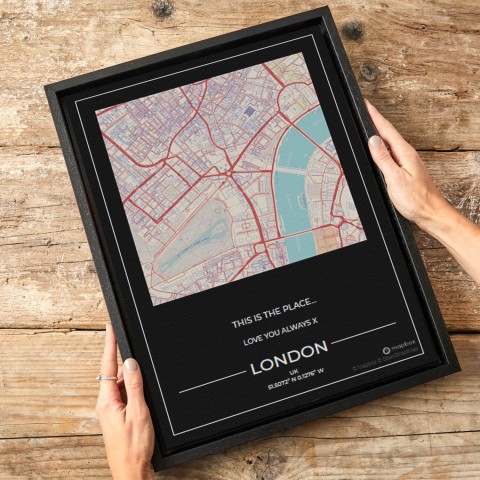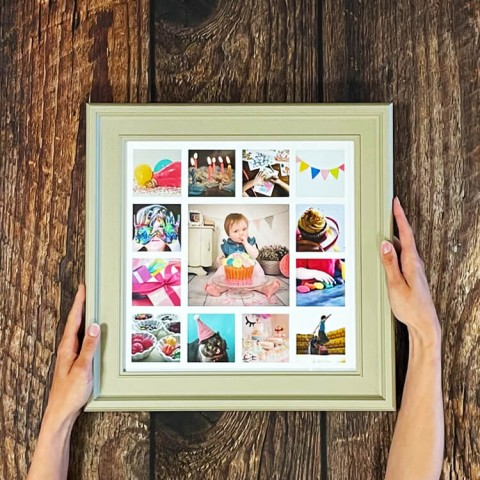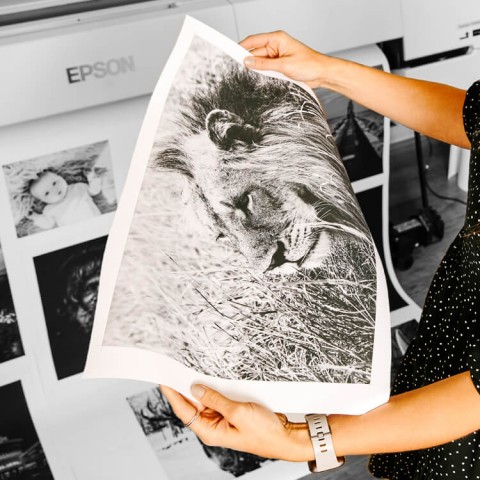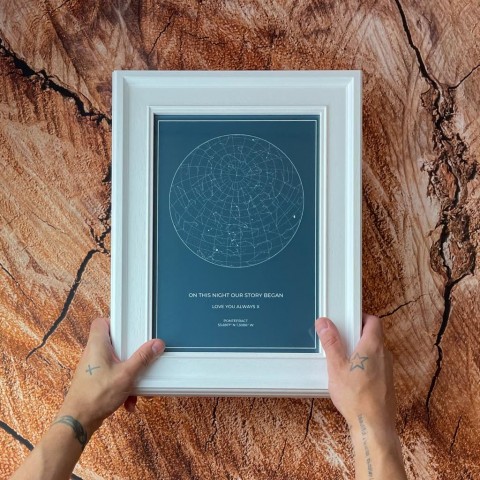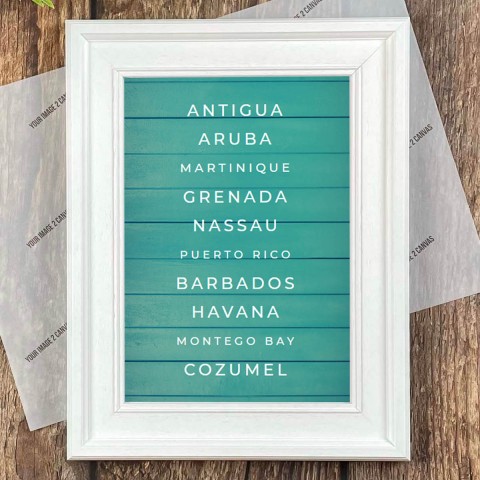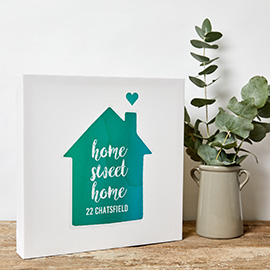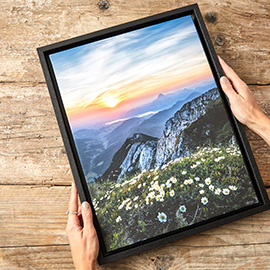The History Of Canvas Prints
You might think that printing images to canvas is a relatively new technology, but the history of canvas prints is actually well over 100 years old. In fact, canvas printing has been around since the earliest days of photography, which just goes to show that they’re a match made in heaven!
Before canvas prints
Artists had been using canvas as a strong, weather-resistant and convenient alternative to wood since the time of the Renaissance.
The basic method of stretching canvas over a wooden frame and applying a binding white paint hasn’t changed much in nearly 500 years, which proves how effective it’s been for oil and acrylic artists.
What canvases are used?
Early canvases used for painting were often cut from sails, but when it became obvious that canvas was here to stay, manufacturers started using hemp and linen.
Modern canvas is made from two main products: cotton and polyester. Both have their merits – cotton is more painterly and polyester smoother, and it’s quite common to see them mixed for different textured finishes.
The earliest canvas prints
Although it’s hard to determine when the first canvas print was created, it’s accepted that the ferro-prussiate technique used on portraits in the 1840s was among the earliest. And by the 1870s it was fairly common to see landscapes printed onto canvas and sold with the intention of being painted on by budding artists – the first paint by numbers, perhaps?
Two methods were regularly used:
Offset printing – this is where an image is printed onto a rubber cylinder and then transferred to paper or canvas by rolling the medium through the printer.
Photographs were printed directly to light-sensitive fabric – essentially using the canvas as an original print.
These were used for many years, until the invention of photo-screening and dye-transfer techniques, but the big leap in the history of canvas prints happened in the 1990s...
Inkjet printing
The 90s saw the popularisation of inkjet printing – a process that made high-quality photo printing to canvas easier and more cost-effective than ever. This technology fires tiny drops of heated ink through a nozzle onto the canvas and allows for incredible accuracy in rendering the chosen image.
Modern wide-format inkjet printers, like the ones we use at Your Image 2 Canvas, can print photo-quality images onto huge canvases, and the inks used will last for many years without losing any of their sparkle. In fact, those early photographers would likely consider them magic!
We hope that this brief look at the history of canvas printing inspires you to keep clicking your shutter and sending us your images to turn into beautiful works of art for you.
Tags canvas history, artist, photo on canvas



